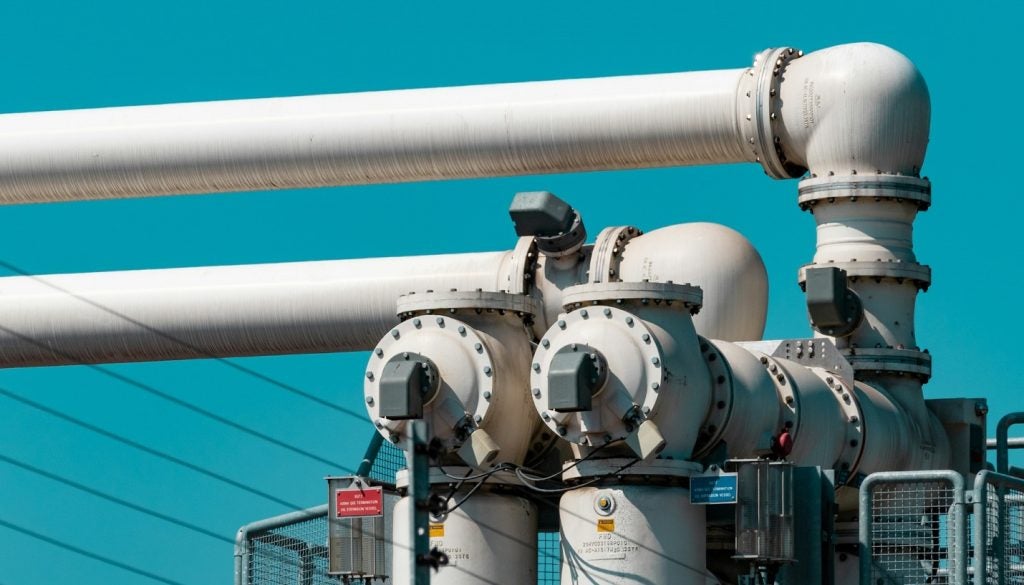Subsea equipment for the oil and gas industry: Introduction
The offshore oil and gas industry is a complex and challenging environment. Without a doubt, the selection and procurement of subsea drilling equipment is a critical task.
As the industry’s relentless and required pursuit of efficiency and safety continues apace, companies are becoming ever more meticulous when sourcing equipment for subsea oil and gas operations.
Our professionally written and carefully researched buyer’s guide contains valuable industry insights designed to assist businesses and professionals. Those who will find this content valuable include, but are not limited to procurement managers, engineers, and technical specialists.
In addition, any professional engaged in the acquisition of subsea production and inspection equipment will also find essential guidance.
Understanding subsea equipment specifications and requirements
When venturing into the procurement of subsea equipment, buyers must understand the specifications most likely to ensure optimal performance and safety. Subsea equipment manufacturers offer a wide and varied range of products, each designed to withstand the harsh conditions of the ocean floor.
See Also:
Companies and buyers should take the time to research and look for equipment that is robust, corrosion-resistant, and capable of operating under high pressure and extreme temperatures.
During this rigorous selection, buyers should undertake a thorough analysis of the equipment’s technical specifications, as well as its compliance with industry standards, and the manufacturer’s reputation for quality and reliability.
It is also crucial to consider the after-sales support and availability of spare parts. Each of these factors alone, and combined, can significantly impact the longevity and efficiency of subsea equipment.
Industry-leading systems and solutions in subsea equipment
Subsea drilling and production systems encompass a variety of components. As mentioned above and worth reiterating, each plays a pivotal role in the successful extraction of hydrocarbons.
Some of the most specific systems or solutions that are integral to subsea equipment for the oil and gas industry include, but are not necessarily limited to:
- Blowout preventers (BOPs)
- Subsea control systems
- Subsea trees (Christmas trees)
- Manifolds and tie-in systems
- Umbilicals and jumpers
- Subsea pumps and compressors
- Flowlines and risers
- Subsea valves and connectors
- Remotely operated vehicle (ROV) tooling
- Subsea separation systems
- Subsea injection equipment
- Pipeline end terminations (PLETs)
- Subsea monitoring and inspection systems
- Subsea power distribution units
- Subsea heat exchangers
Each of these components must be carefully selected based on the specific requirements of the project. Considerations should include water depth, well pressure, and the nature of the reservoir.
Latest technological advancements in subsea equipment
The subsea equipment oil and gas sector is witnessing rapid technological advancements. Many, if not all, of these are focused on improving operational efficiency and reducing environmental impact.
Innovations in subsea inspection equipment include:
- Autonomous underwater vehicles (AUVs) and advanced non-destructive testing (NDT) methods that are enhancing the ability to monitor and maintain subsea infrastructure.
- The development of subsea processing technologies, including boosting, separation and compression, is enabling the industry to maximise recovery from challenging reservoirs.
These advancements are not only increasing the lifespan of oil and gas fields, but also reducing the need for extensive topside facilities.
When considering the latest technological advancements, companies should evaluate the long-term benefits and return on investment. It is also advisable to partner with subsea equipment manufacturers who are at the forefront of innovation.
These companies are more likely to have the capability of providing bespoke solutions, those tailored to the unique challenges of each project.
Who benefits from our subsea equipment buyer’s guide
Our buyer’s guide is valuable for a wide range of professionals across an array of industries. These include, but are not limited to:
- Oil and gas exploration and production companies
- Subsea engineering and installation contractors
- Offshore drilling operators
- Subsea equipment rental and leasing firms
- Maintenance, repair and operations (MRO) service providers
- Offshore regulatory bodies and safety inspectors
By leveraging this guide, these entities can make informed decisions that align with their operational objectives and regulatory requirements.
Subsea equipment for the oil and gas industry: Our conclusion
The procurement of subsea drilling equipment is a strategic process that demands careful consideration of various factors. By focusing on the equipment’s specifications, understanding the key systems and solutions, and remaining up to date in respect of technological advancements, companies can ensure the success of their subsea operations.
Online sources
- Society for Underwater Technology (SUT): https://www.sut.org/
- Offshore Technology: https://www.offshore-technology.com/
- Subsea UK: https://www.subseauk.com/
- The International Marine Contractors Association (IMCA): https://www.imca-int.com/





